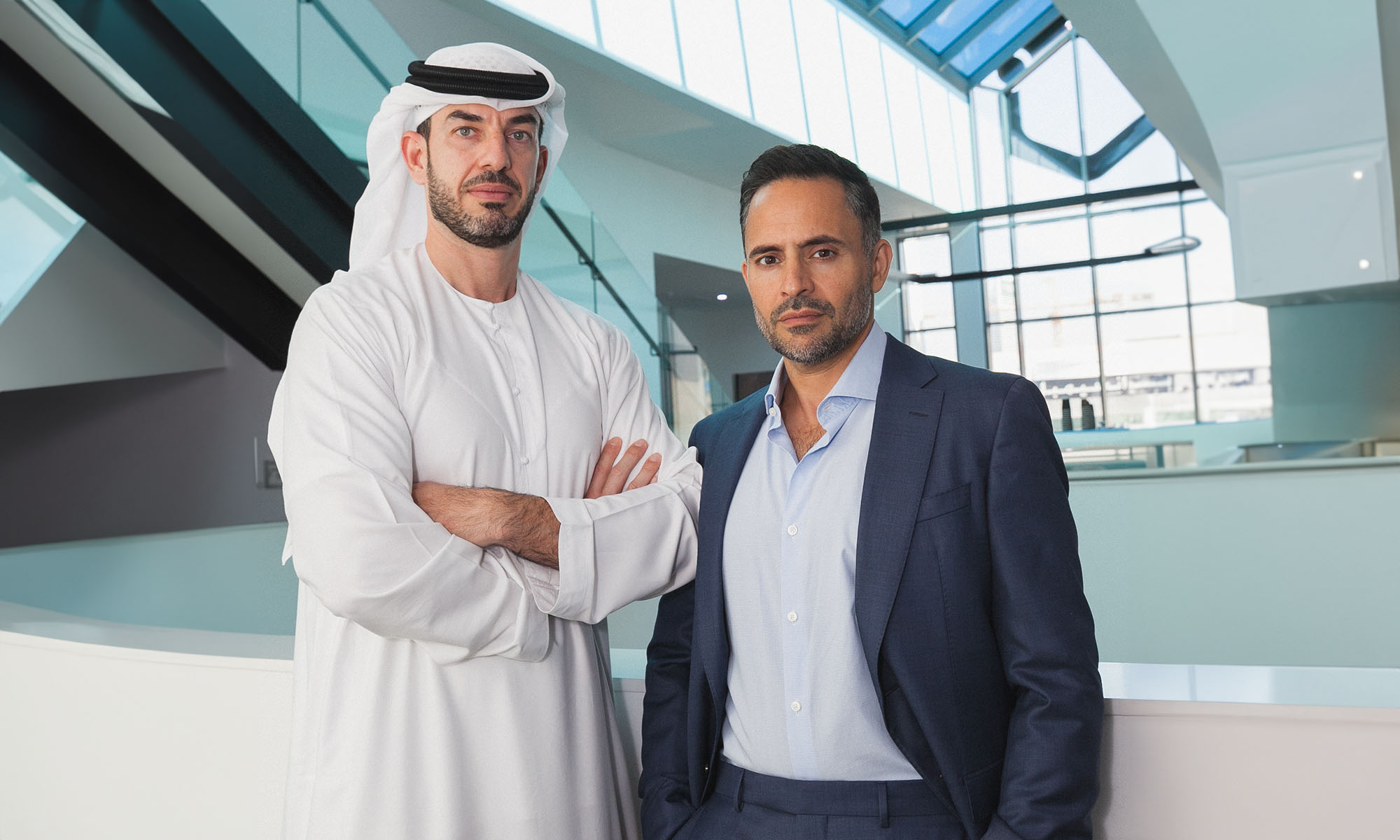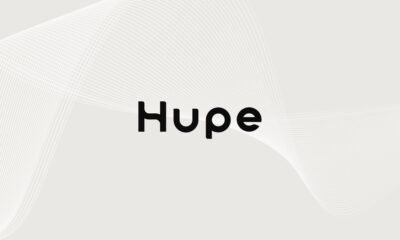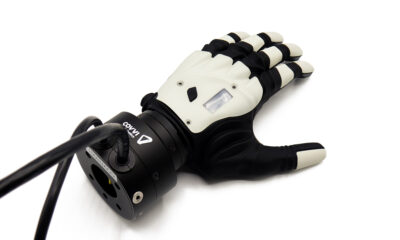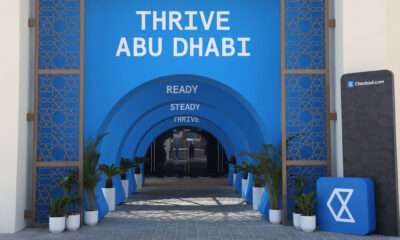News
meta[bolic] And ŌURA Partner To Manage Metabolic Disease
The hybrid therapeutics company will incorporate the smart ring into its programming, taking an innovative approach to care delivery.
![meta[bolic] and oura partner to manage metabolic disease](https://techmgzn.com/wp-content/uploads/2024/01/metabolic-and-oura-partner-to-manage-metabolic-disease.jpg)
For millions of people around the world, managing a metabolic disease can be emotionally challenging and complex. Metabolic issues are difficult to treat because they often require foundational behavioral changes combined with clinical interventions based on accurate medical data.
meta[bolic], a Dubai-based hybrid therapeutics company dedicated to managing chronic metabolic disease, aims to help people to better manage their metabolic health by partnering with ŌURA, the startup behind the Oura Ring — a smart wearable that delivers health data, and daily guidance into sleep, activity, readiness, and recovery.

“Wearables have come a long way in just the past few years,” explained Ali Hashemi, co-founder and chief executive officer of meta[bolic]. “Oura Ring is a step above the wearables of yesterday in terms of data fidelity and quality, but also in terms of interface and useful insights delivered to users. We are eager to bring ŌURA’s continuous monitoring and daily engagement to our patients, unlocking new capabilities around preventive care, behavior change, and habits”.
The partnership between ŌURA and meta[bolic] aims to empower patients with robust support and continuous remote data monitoring. By consistently tracking patient progress and identifying behavior patterns, the initiative will become a first step in a more integrated approach to preventive care.
“At ŌURA, we envision a future where the model for preventative care is multi-faceted and unique to each individual,” added Tom Hale, Chief Executive Officer of ŌURA. “True innovation in healthcare is driven by providers who are implementing multidimensional care and using integrated technology to empower people to make changes to their daily behavior that improve health and well-being”.
Also Read: Mobile Trends Shaping MENA In 2024
The ŌURA and meta[bolic] partnership will also include a dedicated research program to explore the relationship between sleep, stress, and metabolic health. The resulting data will provide useful biomarkers to measure how engagement levels and sleep impact glucose improvement.
The results of the research are expected within 12 months and will act as a framework for approaching metabolic health in a more comprehensive way while generating valuable insights for the scientific community and members of the public.
News
Influencer Growth Fuels Saudi Creator Economy Surge
The Kingdom’s creator economy grew over 32% in Q1 2025, fueled by TikTok, UGC, and cost-per-action (CPA) influencer models.

Saudi Arabia’s creator economy saw a significant 32.37% growth in the first quarter of 2025, driven by an uptick in influencer marketing, content-driven e-commerce, and the increasing influence of user-generated content (UGC). These insights come from a recent study by Admitad and the Stllr Network.
Much of this momentum is coming from video-based platforms, where brands are leaning on creators who feel more relatable than polished ad campaigns. The trend shows a clear preference for authenticity, as audiences gravitate toward content that feels real and personal.
Mohannad Alzahrani, Co-founder and VP KSA of Stllr Network, highlighted the shift: “The rise of user-generated content (UGC) is changing the way brands engage with consumers. Audiences trust real creators more than traditional advertising, making UGC a key driver of authenticity and sales”.
TikTok remains the dominant platform in this space, reportedly reaching 88% of the Saudi population. It also showed the sharpest rise in influencer-led transactions. Other platforms followed with solid, if less dramatic, growth: X was up 17%, Instagram increased by 12%, and Telegram by 10%.
In terms of content niches, beauty led the pack with a 56% growth rate, followed by lifestyle at 45.8% and fashion at 18.2%. Tech content also showed healthy traction at 10.6%, while entertainment, food, fitness, parenting, and gaming posted smaller — but still positive — gains.
Also Read: Top E-Commerce Websites In The Middle East In 2025
The report analyzed more than 300,000 influencer-driven purchases. These efforts translated into a 15% year-on-year jump in Gross Merchandise Value (GMV) and a 5% increase in the number of orders in 2024. Influencers themselves are seeing the benefit, with average order values hitting $54 and creator earnings rising by 14%.
A noticeable trend is the move away from fixed-rate deals. More influencers in Saudi Arabia are embracing hybrid compensation models — especially cost-per-action (CPA) setups that tie their earnings directly to performance.
As Anna Gidirim, CEO of Admitad, explains, “The CPA model brings much-needed transparency to influencer marketing. Brands only pay for actual results, and influencers benefit by securing long-term partnerships while offering their audiences exclusive promo codes and special discounts”.
However, the ecosystem still shows a gender imbalance. The data indicates that 63% of creators in Saudi Arabia are men, while women account for just 37%.

























